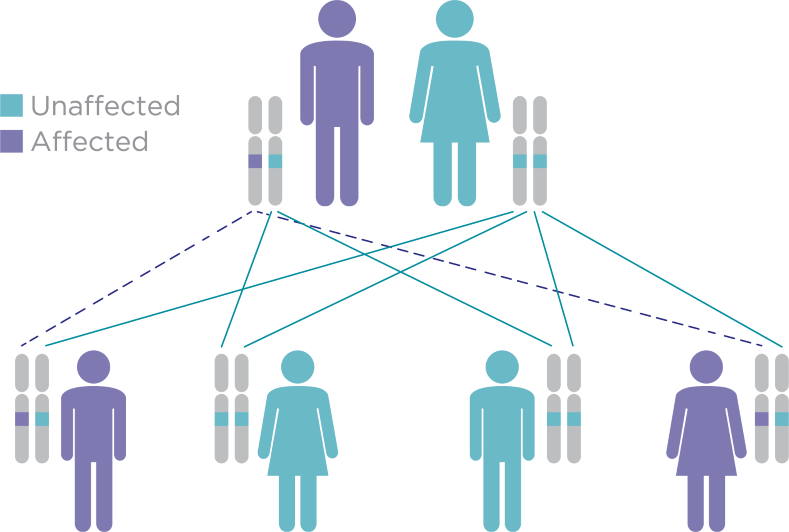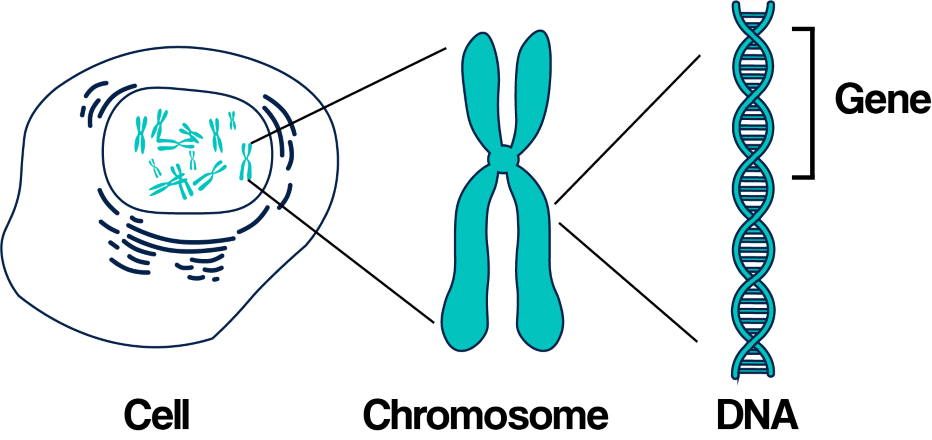A genetic disease is any disease passed down from parents. The genetic abnormality can range from a discrete mutation in the DNA. A single gene to a gross chromosomal abnormality is involving the addition or subtraction of an entire chromosome or set of chromosomes.
Some people inherit genetic disorders that are passed from the parents, while acquired changes or mutations in a pre-existing gene or group of genes cause other genetic diseases. Genetic mutations can be occurring randomly or due to some environmental exposure. There are some genetic diseases in children the following:
Down Syndrome
The nucleus of an individual cell is containing 23 pairs of chromosomes and but the down syndrome is occurring when the 21st chromosome is copied an extra time in all or some cells.
Nurse practitioners and physicians are performing detailed prenatal screening tests, like blood tests. It is detecting quantities of chromosomal material and other substances in a mother’s blood.

Thalassemia
Thalassemia is a family of hereditary genetic conditions and hereditary diseases are passed from one generation to another. It limits the amount of haemoglobin an individual can naturally produce. This condition inhibits oxygen flow throughout the body.
The 25 percent of children are inheriting the Thalassemia gene from both parents will be born with Thalassemia.
Cystic Fibrosis
Cystic Fibrosis is a chronic and genetic condition. These causes patients to produce thick and sticky mucus, inhibiting their respiratory, digestive, and reproductive systems. Like Thalassemia, the disease is commonly inherited at a 25 percent rate when both parents have the Cystic Fibrosis gene.

Tay-Sachs disease
The genetic condition is carried by about one in every 27 Jewish people, and by approximately one of every 250 members of the general population. The condition is caused by a chromosomal defect similar to that of Down syndrome.
Adults can also be diagnosed with Late-Onset Tay-Sachs disease, which causes a manageable level of diminished cognitive ability. Tay-Sachs can be DNA studies; an option does exist to prevent the risk entirely.
Sickle Cell Anemia
Sickle Cell Disease is a lifelong genetic condition that may be inherited when the Sickle Cell trait is passed down by both parents to their children. Sickle Cell Disease causes red blood cells to change from their usual donut shape to a sickle shape.
This causes the cells to clump together and become caught in blood vessels, triggering severe pain and serious complications such as infections, organ damage, and acute respiratory syndrome.




